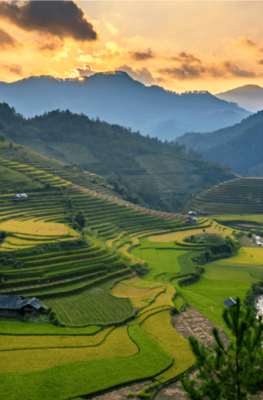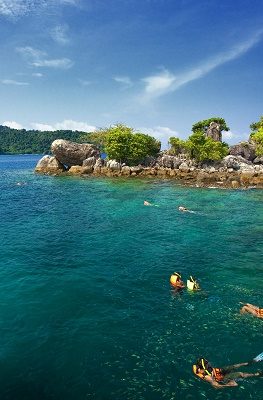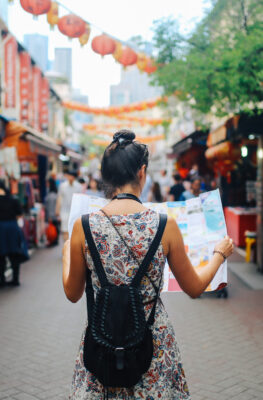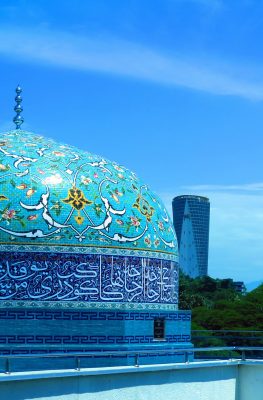Published on October 6, 2014
Nine out of ten tourists visiting the Caribbean read the book “Don’t Stop the Carnival”, a hilarious account of the dominant role this festival plays in the hearts and minds of the region’s local population. Whatever happens, whatever disaster might strike, the Carnival must (and will) go on! Having lived in the area for a good while, the title of the book promptly sprung to mind upon preparing this article as a similar title could be bestowed on the Philippines, where no day goes by without somewhere in the vast archipelago fiestas are being celebrated. And, bet you, that’s taken as much serious by a Filipino as it is by its antipodean, the Caribbean.
The list of festivals is almost endless since every city and barrio in this predominantly Catholic country honours its patron saint day by a pious and joyful festival. For instance, the Ati-Atihan Festival (January) pays tribute to Santo Nino, as does the Dinagyang Festival; the Higantes Festival (November) is in remembrance of Saint Clement, while the Zamboanga Hermosa Festival (October) commemorates ‘Our Lady of the Pillar’, better known as the Blessed Virgin Mary, Spain’s Patroness.
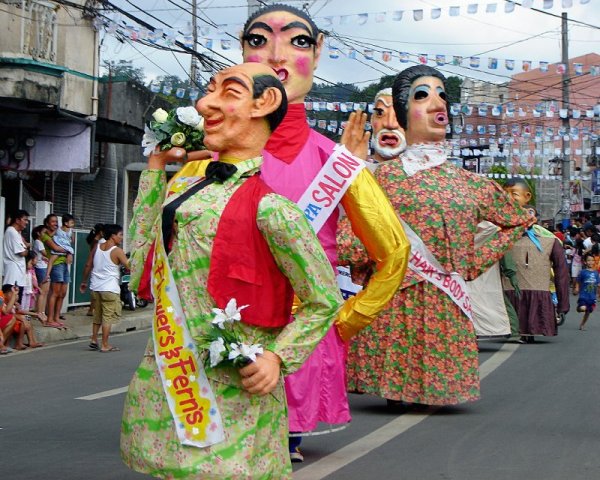
Higantes Festival, Angono; Source: www.pagemark.wordpress.com
Of course there are also non-religious festivals, such as Sandugo (July) and Panaad sa Negros (April). The Sandugo Festival celebrates a blood pact between a local chieftain and a Spanish Captain. It lasts for a whole month and encompasses street dancing, shows, trade fairs, beauty contest and other activities. Panaad sa Negros is a weeklong feast, called the mother of festivals, being a blend of fiestas of thirteen cities and nineteen towns of the province of Negros Occidental.
It is a colorful display of parades, bazaars, cultural presentations, pageants, shows and fireworks.
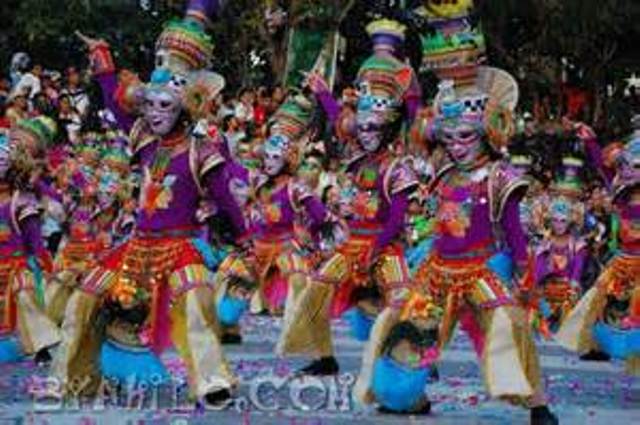
Panaad sa Negros Festival; Source: westernvisayastourismassembly.wordpress.com/parade-of-festivals
It’s difficult to recommend a specific celebration as it greatly depends upon which period of the year one intends to visit the vast country and which tourism destinations are put on the wish list. However, assuming you are in the preparatory stage, here are some suggestions for upcoming festivals in December 2014 and January 2015. (For those in need of a more comprehensive listing, visit the official website of the Philippines Department of Tourism www.tourism.gov.ph or Wikipedia for that matter).
December
San Fernando Giant Lantern Festival (Pampanga) – runs the whole month of December in San Fernando. The festival results in a competition of the best, largest and most attractive Christmas lantern made by the local craftsmen of the city.
Binirayan Festival – 28 to 30 December in San Jose Antique. In provides an ethnic show on the beaches of San Jose and Hamtik, outlaying the play of the first Malay settlement at Maladong.
January
January offers a rich variety of festivals, the most important of which are, the Black Nazarene Festival in Manila (on the 9th); the Sinulog Festival, Cebu City, Cebu on the 3rd Sunday in January; the Ati-Atihan Festival Kalibo, Panay during the third Week of January and Dinagyang Festival Iloilo City, Panay, on the 4th Sunday in January.

Some 3 million devoted Catholics paraded with the Black Nazarene; Source: senyorlakwatsero.com
The feast of the Black Nazarene is the largest procession in the country. The black Nazarene is a 400-year-old full-size, dark-coloured, wooden statue of Jesus Christ, currently treasured in a Church in Quiapo, Manila. Convention has it that the carving arrived on a boat that caught fire, and although the statue survived, its original white complexion turned black. The procession dates back to the 17th century. Catholics come from all over the country for an opportunity to get close enough to touch the image, which could bring luck or even a miracle.
The impressive festival of Sinulog honours the Santo Niño, or the child Jesus. It includes a street parade with participants in brightly coloured costumes dancing to the rhythm of drums, trumpets and native gongs. The celebration lasts for nine days, and memorializes the pagan origin of the people of Cebu, and their acceptance of Roman Catholicism.


Celebration of Santo Nino, Cebu, with unmistakenbly Spanish influences
Sources: bangortobobbio.blogspot.com & traveladvisorguides.com
The Ati-Atihan is a festival and parade that also honours the Santo Niño; in addition celebrates the age-old friendship between the Maraynon (lowlanders) and the Atis (highland peoples) of Kalibo, in the Aklan province of Panay. It is a colourful celebration, bringing out painted faces and wonderful costumes. It is labeled ‘The Filipino Mardi Gras’ because the event allows everyone to participate. A key activity is the aboriginal dance competitions – set to rhythmic music that run non-stop for several days.

Ati-Atihan Carnival; Source: mrfunanimous.wordpress.com
The Dinagyang Festival is both a religious and cultural festivity. It is a tribute to Senor Santo Nino – believed to protect the city during catastrophes – and a celebration of the arrival of Malay pioneers on the island of Panay. During the festival a procession advances along the river with followers riding in boats carrying several images of the Child Jesus, while lively parades go on all around. Meanwhile dancers in colourful costumes paint their bodies black to imitate the Negritos, who are the native people of the island.

Dinagyan Festival attracting some 1.5 million revelers in 2014; Source: phnews.net
With these events all set against an astonishingly beautiful natural backdrop, many on islands with dazzling beaches, pack your suitcase for a couple of wonderful weeks, stop (thinking about) the Caribbean Carnival and head towards the Philippines where “the Fiestas never Stop”.
After all, “It’s More Fun in the Philippines”



